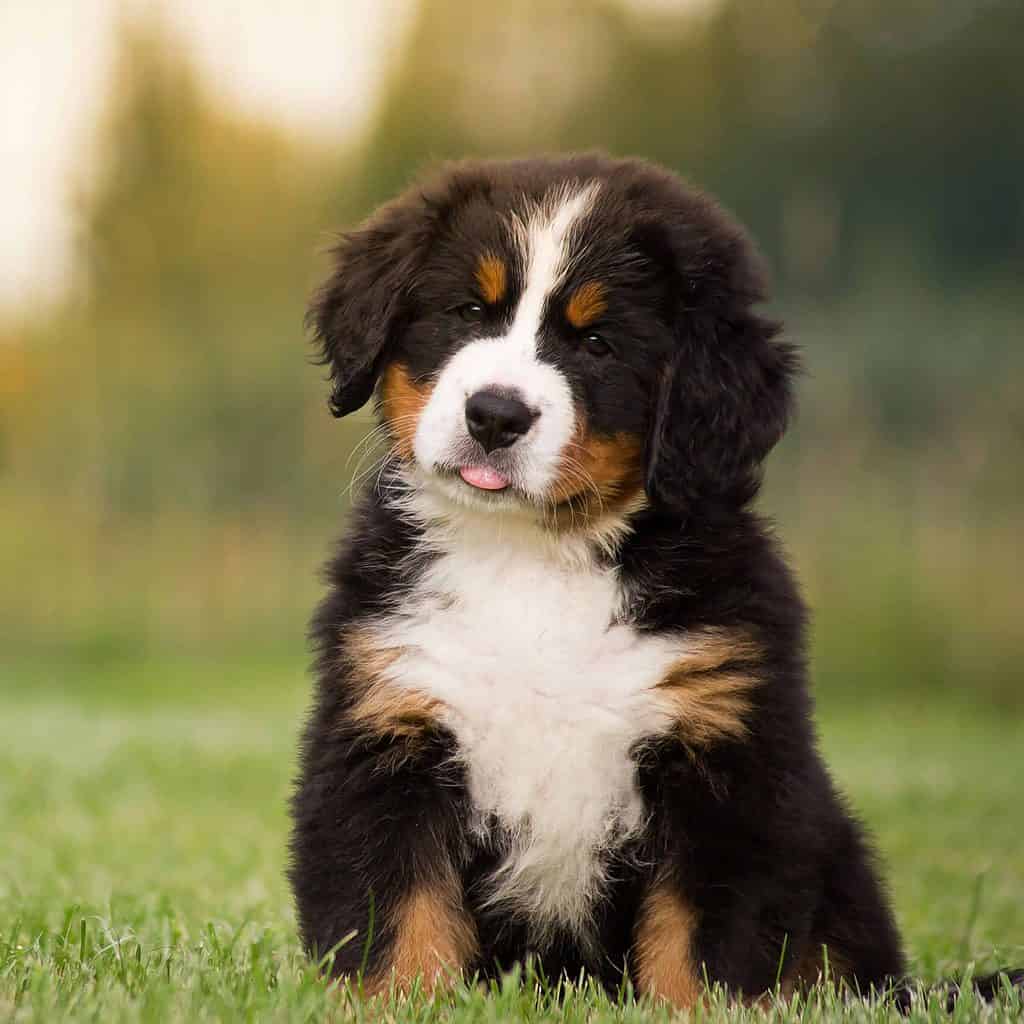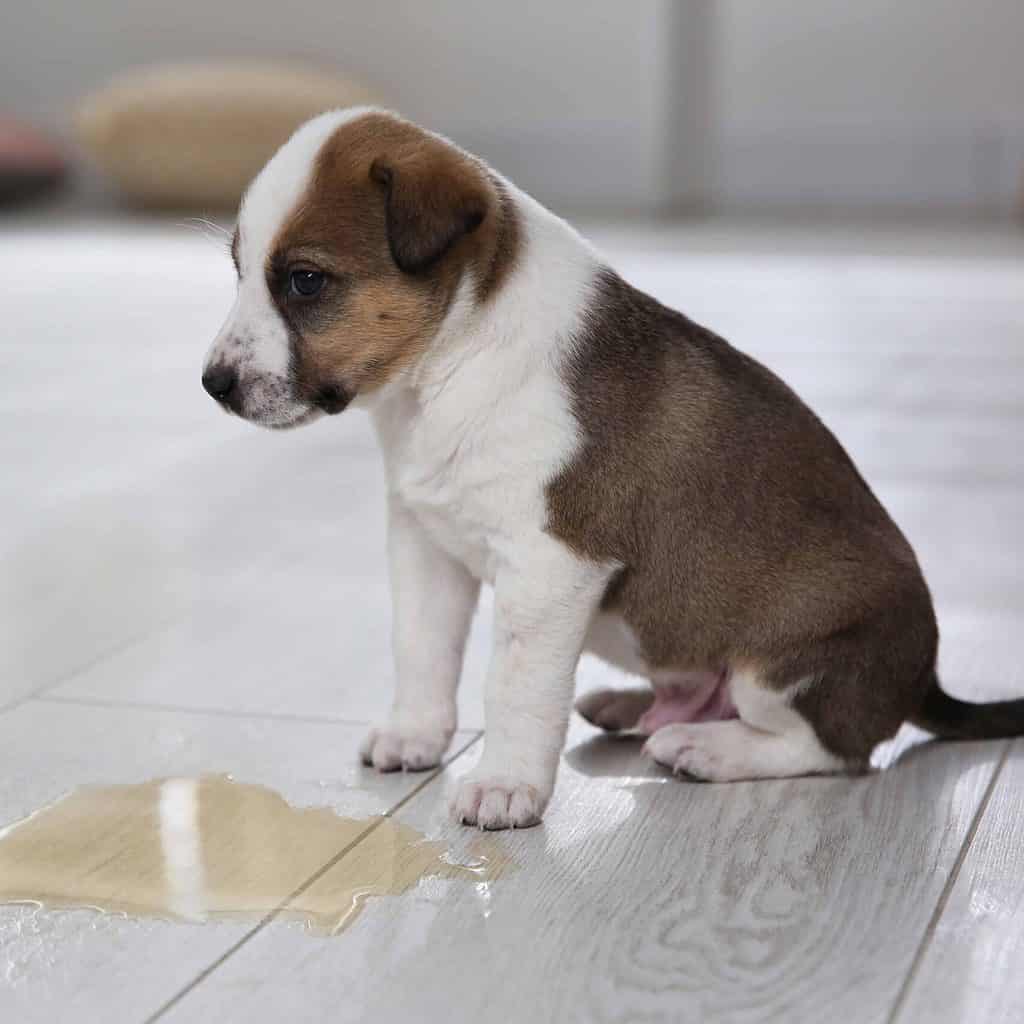Understanding Puppy Potty Training Regression
Potty training regression in puppies is a common yet challenging issue for many pet owners. It occurs when a previously house-trained puppy begins to have accidents indoors again. This can be a source of frustration, particularly when dealing with messes, more so on carpeted floors.
The Causes Behind the Regression
Several factors contribute to this regression. Key among these are the ongoing development of a puppy’s brain, limitations due to their small bladders, and various stress factors. Puppies are in a phase of rapid learning and memory development, similar to human adolescence. They are assimilating numerous new skills and routines, which can sometimes lead to a mix-up in their training recall, including potty habits.
Strategies for Overcoming Training Regression
Dealing with this regression requires patience and a return to basic training principles. Here’s how to effectively manage and retrain your puppy.
Reestablishing Basic Routines
Consistency is vital in retraining your puppy. Revisiting the foundational steps of potty training can help reinforce the desired behaviours. Just like a refresher course, revisiting these basics can realign your puppy’s understanding and response to potty training.
Positive Reinforcement and Patience
It’s essential to approach this phase with patience and positive reinforcement. Recognizing that your puppy is still learning and may need extra support during this phase is crucial. Positive reinforcement, rather than punishment, for correct behaviour is key in helping them relearn and retain potty training habits.
The Importance of a Consistent Routine in Potty Training
Consistency is the cornerstone of teaching your dog any new behaviour, particularly when it comes to potty training. Establishing and adhering to a regular routine not only aids in training but also provides a comfortable structure for your puppy.
Tailoring the Routine to Your Dog’s Breed
Understanding the specific needs of your dog’s breed is crucial in determining the frequency of bathroom breaks. Initial research can be invaluable, but remember, until your dog can signal their needs, it’s better to offer more frequent bathroom opportunities than they might require.
Establishing Regular Bathroom Breaks
Creating and sticking to specific times for bathroom breaks will help your dog learn when to expect them.
Timing is Key
Set regular intervals such as immediately after waking up, 20 minutes post meals, and just before bedtime. This helps your dog anticipate bathroom breaks. The frequency of these breaks might vary depending on your dog’s breed and age, especially during the early stages of training.
Effective Communication During Potty Training
Clear and consistent communication plays a vital role in successful potty training.
Use Specific Words or Phrases
Develop a unique phrase or word, like “let’s go outside,” to signal to your dog that it’s time for a bathroom break. They will soon associate this phrase with going out and may even start to wait for you at the door in anticipation.
Introduce a Potty Cue
Once outside, use a specific cue, such as “go potty,” to indicate it’s time for them to relieve themselves. Follow up their successful bathroom use with immediate rewards like treats and praise. Over time, you can gradually reduce the treats, but maintain the use of the cue for consistency.
Recognizing the Frequency of Puppy Bathroom Needs
Puppies, especially at a tender age of two months, require frequent bathroom breaks, much like young human children who are not yet fully able to control their bladders. The necessity for these frequent breaks is rooted in their developmental stage.
The Need for Regular Bathroom Opportunities
It’s recommended that a two-month-old puppy be given the chance to relieve themselves approximately five times daily. During the initial stages of housebreaking, some experts suggest offering a bathroom break to your pup as frequently as every 20 minutes to minimise the chances of accidents.
Balancing a Busy Schedule with Puppy Potty Training
While the frequency of bathroom breaks is crucial for successful housebreaking, it can be challenging for owners with busy schedules.
Crate Training as an Effective Solution
Crate training can be a practical solution if continuously monitoring and facilitating outdoor breaks isn’t feasible. Puppies, being natural den animals, tend to avoid soiling their sleeping area. Using a crate as part of the potty training process can help prevent accidents.
Appropriate Crate Time Guidelines
However, it’s important to remember that the duration a puppy spends in a crate should be limited. A general guideline is to allow one hour in the crate for each month of the puppy’s age, up to a maximum of six months. For example, a two-month-old puppy should spend no more than two hours at a time in their crate. Additionally, those with less developed bladder control might need more frequent breaks.
Accompanying Your Dog Outside During Housebreaking
Actively participating in your dog’s outdoor potty training can significantly enhance the training process. It’s beneficial to be present with your dog in the yard, especially in the initial stages of housebreaking.
Managing Distractions with a Leash
Initially, when taking your dog out for bathroom breaks, using a leash can be an effective method to prevent them from becoming distracted. Keeping your dog leashed and close to you ensures they focus on the task at hand before engaging in play or exploration.
Selecting the Ideal Potty Spot
Dogs often have preferences for their bathroom spots, so choosing an appropriate area is crucial for successful training.
Establishing a Consistent and Comfortable Potty Area
Identify a calm and secure spot in your yard that your dog can comfortably use. This designated area should ideally be free from disturbances and away from other animals. Consistently bringing your dog to this specific spot during each bathroom break helps in establishing a reliable potty routine.
Patience and Use of Potty Cues
Even if your dog seems distracted initially, it’s important to be patient and use a consistent potty cue like “go potty.” This cue helps them understand the expected behaviour in that spot.
Rewarding Successful Bathroom Use
Positive reinforcement plays a key role in teaching your dog the correct outdoor bathroom habits.
Praise and Treats as Reinforcements
Immediately after your dog successfully uses the bathroom outdoors, offer praise and a treat. This positive reinforcement helps them associate the act of using their designated potty spot with a rewarding experience, thereby reinforcing the desired behaviour and establishing a solid outdoor bathroom routine.

